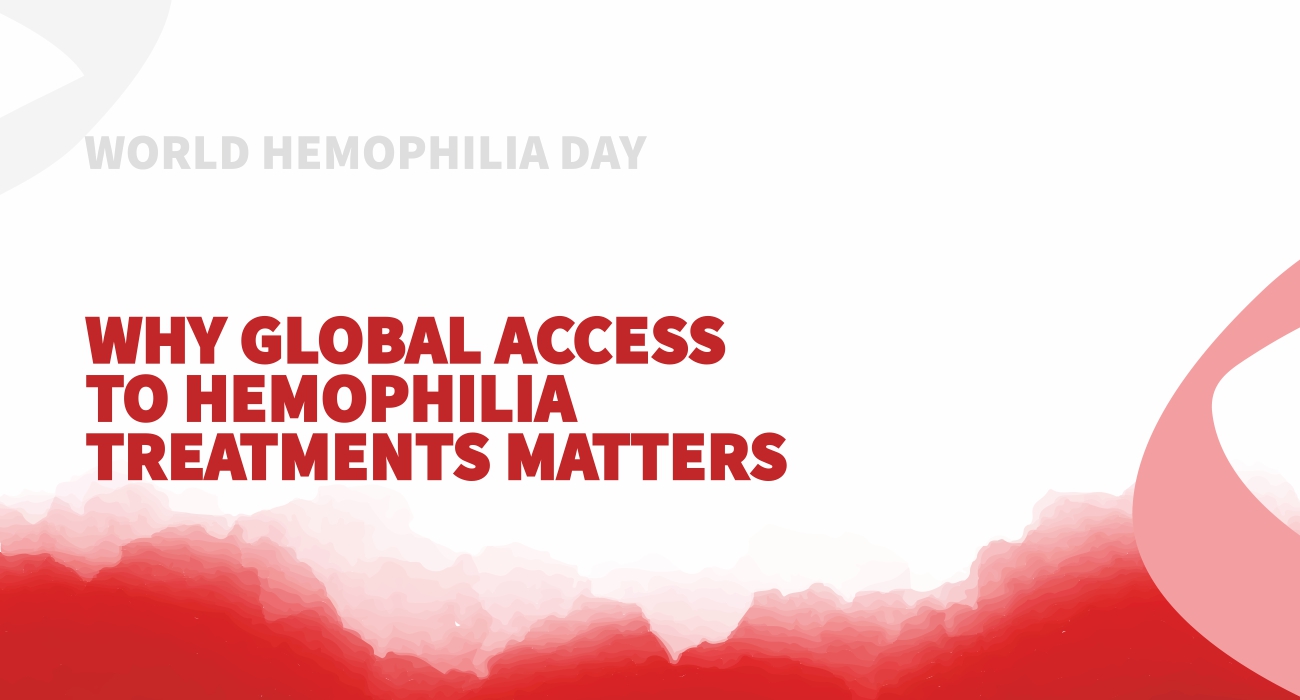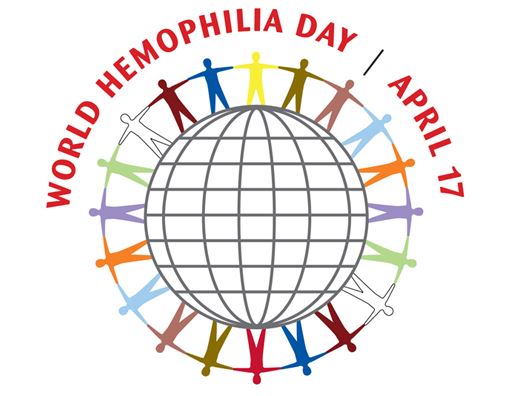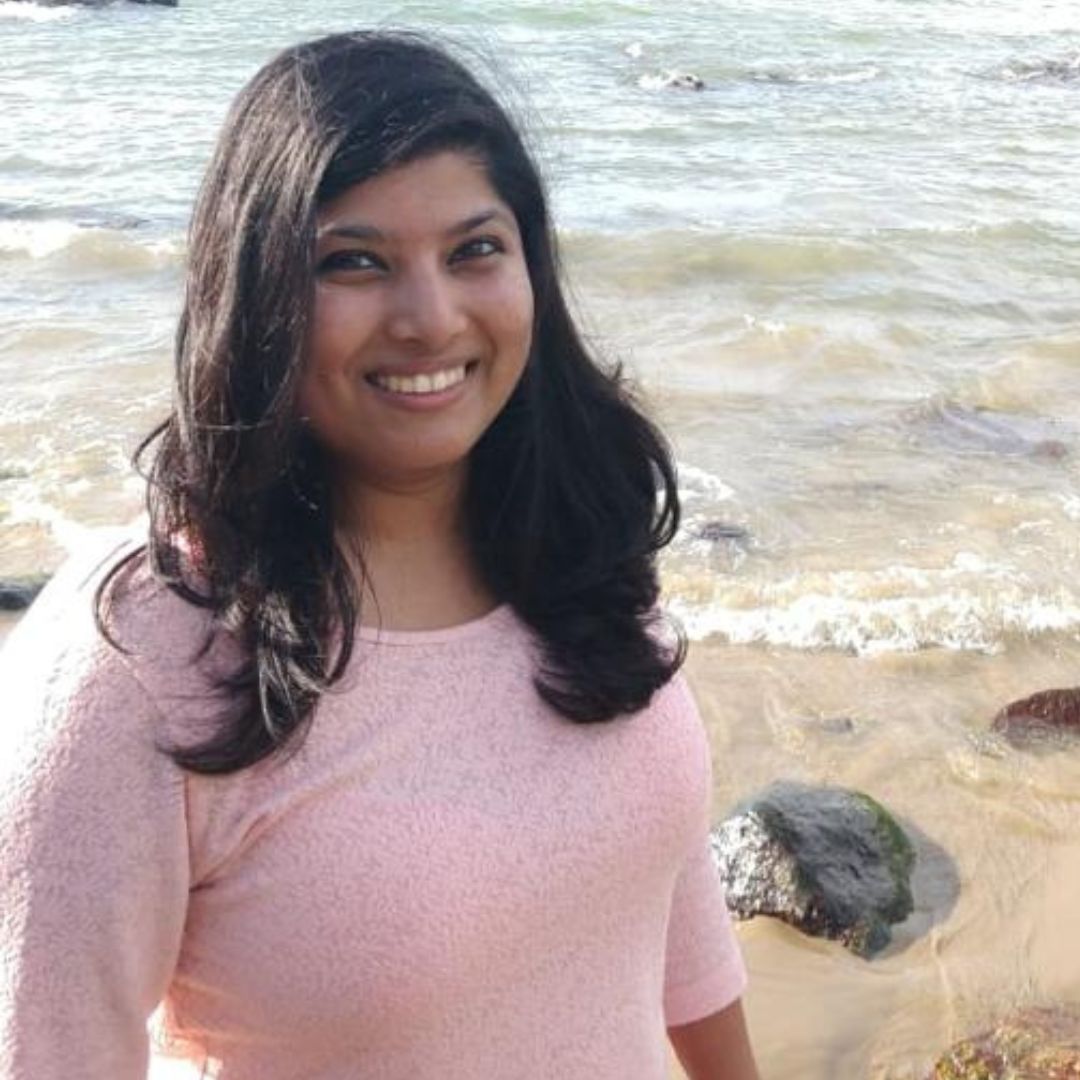
Understanding the Importance of Bleed Prevention in Hemophilia Care
Hemophilia is a rare genetic bleeding disorder caused by a deficiency of clotting factor VIII (hemophilia A) or IX (hemophilia B). Clotting factors are proteins in the blood that work together to form blood clots in response to injury or trauma. These clots help to stop bleeding and prevent excessive blood loss. Although hemophilia is a genetic disorder, it can occur in people with no family history of the disease due to spontaneous genetic mutations. Hemophilia primarily affects males, as the genes that cause the condition are located on the X chromosome (X-linked disorder). Females can also have hemophilia, but it is much rarer and typically milder in severity. Hemophilia results in spontaneous and trauma-induced bleeding into muscles and joints, leading to chronic pain and reduced mobility. The severity can vary depending on the level of clotting factor activity in the blood. People with severe hemophilia have less than 1% clotting factor activity, while those with mild hemophilia have between 5% to 40% activity. Severe hemophilia is estimated to affect approximately 1 in 10,000 men globally.
As we observe Hemophilia Day 2023 under the theme of "Access for All: Prevention of Bleeds as the Global Standard of Care," it is important to recognize that effective hemophilia management requires a comprehensive approach. This includes prophylactic treatment with clotting factors replacement therapy, personalized treatment plans, and lifestyle modifications to prevent bleeding episodes and minimize joint damage. However, despite the proven benefits of prophylaxis, access to effective hemophilia care remains a significant challenge, particularly in low- and middle-income countries where resources and infrastructure are limited.
Challenges in Accessing Bleed Prevention: A Global Perspective
The challenges in accessing bleed prevention for hemophilia patients are complex and multifaceted. In low- and middle-income countries, where resources and infrastructure for diagnosis and treatment are often limited, there are significant barriers to accessing proper care. These barriers include lack of awareness, social stigma, inadequate education of healthcare providers, lack of access to appropriate treatment and clotting factor replacement therapy, and financial constraints. These challenges affect the patient's ability to manage their condition effectively and lead to a reduced quality of life. In addition, inhibitors to clotting factors can develop in a significant number of hemophilia patients, reducing the effectiveness of treatment options and increasing the risk of bleeding episodes. This further compounds the challenges in accessing adequate bleed prevention care.

Moreover, there are challenges even in high-income countries, including issues related to insurance coverage and high treatment costs. Furthermore, there is a need to address health disparities and inequities in access to care. These challenges require a united effort from all stakeholders, including patient advocacy groups, healthcare providers, policymakers, and pharmaceutical companies. Improving access to effective hemophilia care can help reduce the burden of disease on affected individuals and families, minimize healthcare costs, and promote equity in health outcomes across the globe.
Current Standard of Care for Bleed Prevention in Hemophilia
Hemophilia is a medical condition where the blood cannot clot properly, which means people with hemophilia are at risk of excessive bleeding from even minor injuries. To prevent bleeding, there are different treatment options available, including factor replacement therapies, bypassing agents, non-factor replacement therapies, and gene therapy.
Factor replacement therapies are the most common treatment option for hemophilia A and B. They use either recombinant or plasma-derived products to increase the amount of factor in the body. There are two types of factor replacement therapies: standard half-life (SHL) and extended half-life (EHL).
Bypassing agents are used to treat bleeds in people with hemophilia who have developed inhibitors. Inhibitors are antibodies that can prevent factor replacement therapy from working effectively.
Non-factor replacement therapies can prevent bleeding or help with better clotting by using other methods in the body besides factor replacement therapy. These include emicizumab, desmopressin, and aminocaproic acid.
Gene therapy is a newer treatment option that involves providing people with working copies of the gene to correct the disease or disorder.
It is important for individuals with hemophilia to work closely with their hematologist (a doctor who specializes in blood disorders) and other specialists to find the best treatment option that works for them.
Addressing Barriers to Access: Strategies for Improving Bleed Prevention Care
A multifaceted approach is needed to address the several barriers and challenges faced by hemophiliacs globally.
Raising Awareness: One of the major challenges in accessing early treatment for hemophilia is lack of awareness among patients and healthcare providers. To address this, various patient advocacy groups, healthcare organizations, and government agencies are working to raise awareness about the importance of early diagnosis and treatment for hemophilia.
Guidelines & Algorithms for Hemophilia Care: A standardized approach to the management of hemophilia is important to enable faster initiation of treatment, improve cost-effectiveness of treatment and facilitate the tracking of treatment utilization. Whilst guidelines are usually based on global recommendations for models of care, algorithms can be country-specific. In some cases, they may even be centre-specific and reflect local needs of the patient population and localization of skills and resources to meet those needs.
Improving Access to Care: Another major barrier to treatment is lack of access to care, particularly in low- and middle-income countries. To address this, various initiatives, such as setting up patient & disease registries for the monitoring of treatment and outcomes and health care planning and delivery, personalised treatment plans, setting up comprehensive hemophilia treatment centers & increasing availability of clotting factor concentrates can be considered.
Empowering Patients: Instructional aids and programs dedicated to patients with hemophilia are invaluable, with the goal of empowering patients to take responsibility for their own treatment. Patients should understand the particulars of their diagnosis and carry information indicating the type and severity of their condition, inhibitor status, type of clotting agent used, and contact information of the treating physician. Patient empowerment can help improve adherence to treatment and lead to better health outcomes.
Community-based Education Programs: Community-based education programs can be essential in overcoming the stigma surrounding hemophilia and raising awareness about the condition. These programs offer accurate information about hemophilia and how to manage it, which can clear up misconceptions and myths. They also help sensitize people to the challenges and unique needs of individuals living with hemophilia, which can promote greater empathy and understanding towards them.
Collaborative Efforts: To overcome the challenges faced by hemophiliacs in accessing timely and effective treatment, it is crucial that organizations work together in the delivery of care. Patient advocacy groups, healthcare providers, policymakers, and pharmaceutical companies can work together to ensure that hemophiliacs receive the treatment they need and deserve, and that they can lead healthy and fulfilling lives.
Genetic Testing & Genetic Counseling:
- Mutations or variations in the F8 and F9 genes cause hemophilia.
- Molecular genetic testing via exome sequencing or PCR-based test can confirm the molecular diagnosis by identifying specific disease-causing variants in these genes.
- Hemophilia A and B are inherited in an X-linked manner. The risk of a child inheriting the disease depends on the genetic status of the parents.
- If the mother has a disease-causing variant, there is a 50% chance of passing it on to each child.
- If the father has the disease-causing variant, he will pass it to all his daughters, but not to his sons.
- Males who inherit the disease-causing variant will have hemophilia.
- Females who inherit the disease-causing variant will be carriers and may have bleeding symptoms.
- Genetic testing can help identify the disease-causing or pathogenic variant in affected family members, and prenatal testing and preimplantation genetic testing are options for at-risk pregnancies.
Families affected by Hemophilia are strongly recommended to meet with a genetic counselor (GC). A GC can provide information on the inheritance pattern, provide risk assessment for other family members and provide guidance on available and appropriate genetic testing options.
A Call to Action for Accessible Bleed Prevention Care for All
The goal of providing primary preventive treatment for all individuals with hemophilia is an admirable one, and one that can significantly improve the lives of those living with this condition. By working together and providing access to the necessary resources, we can help ensure that everyone with hemophilia receives the care and support they need.

Differing healthcare reimbursement systems, budgetary constraints, and geographical and cultural factors, make it difficult for any country to fully deliver ideal care. Some regions, mainly developed countries, may have sufficient treatment product available but then have a higher expectation of outcomes and often insufficient supportive care experience and personnel to monitor adherence and outcomes and implement regular follow-up. In contrast, developing regions may not have ready access to factor replacement but have developed excellent physiotherapy and rehabilitation programs. As a result, it is impossible to compare and contrast care quality and create models of care according to resources alone. Let me then leave you with this question - Should we stop striving for a universal approach to hemophilia care and instead focus on tailoring treatment to each healthcare system and patient population based on their unique similarities and differences?
Hemophilia can be challenging, but it's important to remember that you are not alone. As Frank Schnabel, founder of the World Federation of Hemophilia put it - Living with hemophilia requires courage, patience, and a deep appreciation of the value of life!



